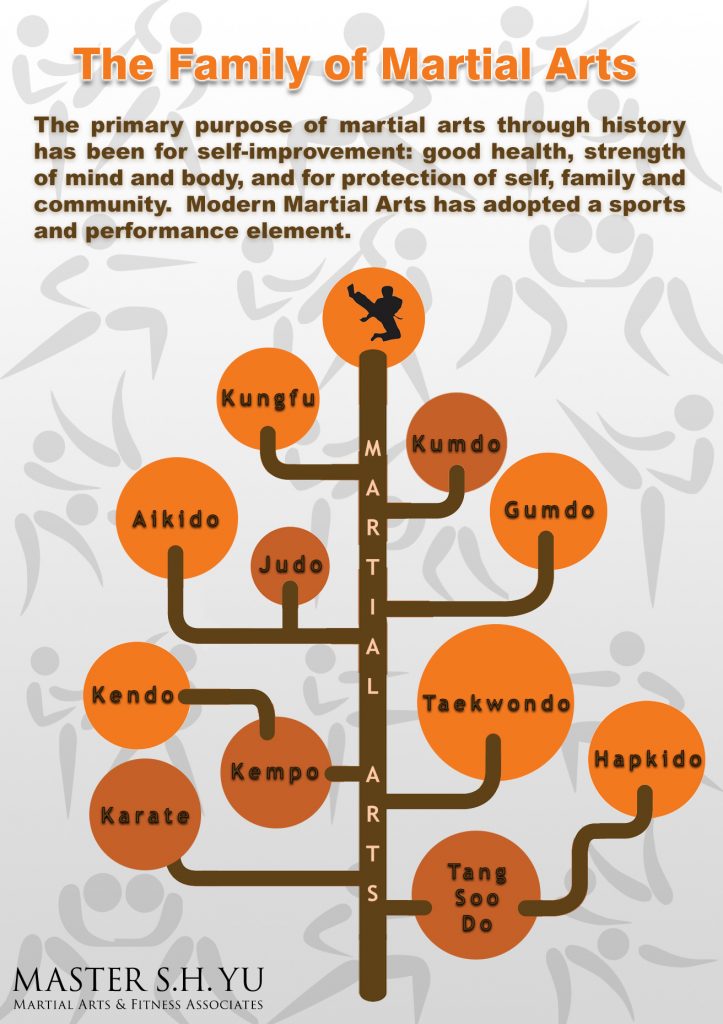Unraveling The Secret Of Numerous Fighting Style Disciplines: An Overview To Karate, Taekwondo, And More
Unraveling The Secret Of Numerous Fighting Style Disciplines: An Overview To Karate, Taekwondo, And More
Blog Article
Content Author-Faber Pierce
Are you tired of feeling overwhelmed by the huge globe of fighting styles? With many designs to pick from, it can be easy to obtain shed in a sea of punches, kicks, and strange names. However fear not!
This discussion will demystify the various martial arts styles, taking you on a trip from the powerful strikes of Martial arts to the vibrant kicks of Taekwondo. Prepare to discover the origins, techniques, and philosophies behind these old art types.
So, tighten your belt and prepare to start an enlightening expedition right into the captivating globe of martial arts.
Origins of Martial Arts Styles
The beginnings of martial arts styles can be traced back to old people and their need for self-defense and combat techniques. Throughout background, different cultures established their very own distinct approaches of combating, each with its very own set of strategies and ideologies.
In China, for instance, fighting styles designs such as Martial art and Tai Chi were created as a means of protection and enhancing physical and mental health.
In Japan, the samurai warriors created styles like Karate and Judo, concentrating on discipline, precision, and proficiency of the body.
In a similar way, in Korea, Taekwondo became a fighting style highlighting high kicks, fast motions, and mental perseverance.
These very early civilizations laid the structure for the varied array of martial arts designs that exist today, each with its own abundant background and social importance.
Methods and Training Methods
To master fighting styles styles, practitioners have to discover different techniques and training methods.
Methods are the specific activities and actions used in battle, such as punches, kicks, throws, and obstructs. Different fighting styles styles have their own one-of-a-kind collection of techniques that practitioners have to grasp through strenuous training.
Training approaches differ depending upon the style, but they generally involve a mix of physical conditioning, drills, competing, and forms.
Physical conditioning is important to build strength, adaptability, and endurance. Drills aid professionals fine-tune their methods and enhance their speed and accuracy.
Sparring enables practitioners to practice their methods in a controlled, practical atmosphere. best martial arts movies , likewise called kata, are ironclad series of activities that aid specialists create muscle memory and emphasis.
Ideologies and Principles
Checking out the philosophies and concepts of fighting styles designs can offer you with a much deeper understanding of your selected discipline. Each martial art has its own distinct philosophy and collection of guiding concepts that form the way it's practiced.
For example, Martial arts emphasizes self-control, regard, and self-discipline. It instructs practitioners to concentrate their minds and bodies, allowing them to defend themselves while keeping a sense of internal tranquility.
On https://self-defense-steps-for-a13343.is-blog.com/38903884/the-course-to-black-belt-navigating-the-ranks-in-martial-arts-training , Taekwondo positions a strong focus on speed, dexterity, and adaptability. Its concepts are rooted in the tenets of courtesy, integrity, perseverance, self-control, and unbeatable spirit.
Final thought
Since you have actually discovered the beginnings, methods, and ideologies of different fighting styles designs, you have a deeper understanding of these ancient techniques.
Envision a young karate trainee, experimenting unwavering resolution and focus, appearing boards with a powerful punch.
Their trip showcases the dedication and stamina called for to grasp a martial art, advising us that with technique and perseverance, anything is possible.
